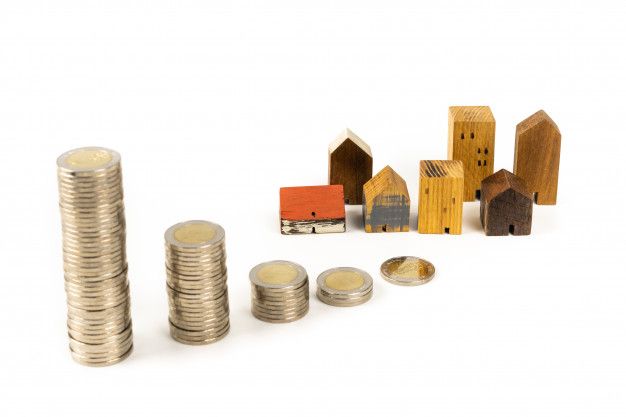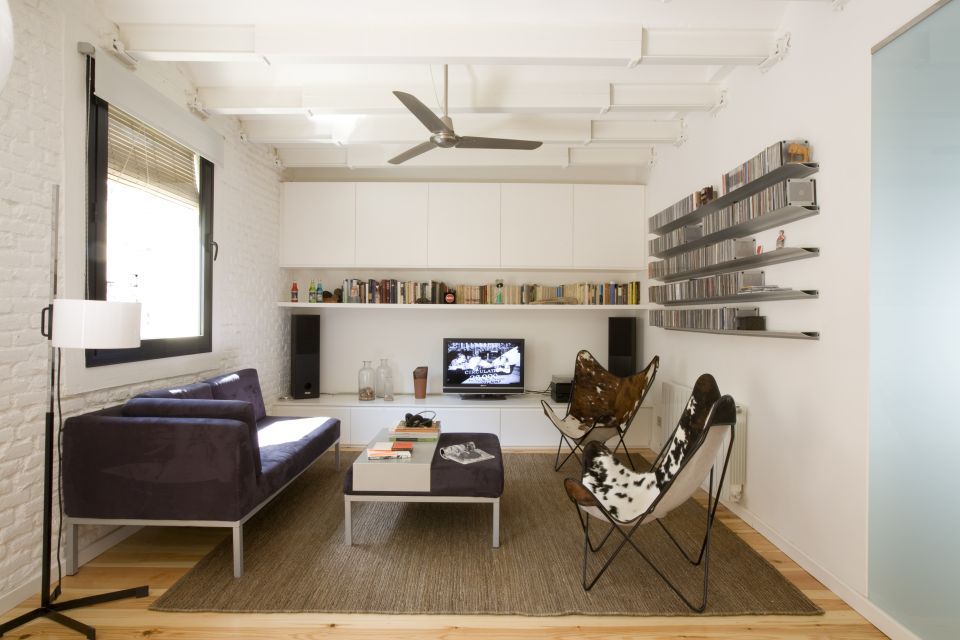When in mid-March a state of alarm was declared in our country, practically all sectors had to review their strategy and adapt it not only to the present situation but also to a new scenario of recession. The real estate sector, as we saw in the financial crisis of the last decade, is one of the main indicators when it comes to making predictions about the global economy. With the worst of the virus infection curve over, how healthy is housing to face the future? Here is a summary of the main theories seen in the press these days.
Pre-COVID-19 scenario in the residential market
In the last five years, house prices had made a slight recovery after the financial crisis, but still remained far from their 2008 highs. However, the slowdown was already beginning to be felt in recent months. According to the latest Tinsa IMIE Local Markets statistics, the year-on-year increase in the first quarter of 2020 was 2.5%, breaking the upward trend of the last three years. However, these figures do not yet contemplate the new scenario. "The real estate market began to suffer before the health emergency."published El País in mid-April. Eldiario.es wrote that ".the sale and purchase of flats fell by 7.4% in February, before the state of alarm". Bearing in mind that this situation occurred with the highest unemployment figures of the last decade, how will the new situation affect the housing sector?

What is to come
There are several indicators that predict a decline in both the number of sales transactions and prices. While the main headlines agree that the fall will be milder than in the last decade, there are variations in the recovery times. According to the experts consulted by Idealista, "by 2022 the situation could return to pre-coronavirus levels". In addition, Europa Press echoes a report by the AIS Group, which predicts that "... the EU's economic growth will continue to be limited by the crisis".it will take two to seven years for house prices to recover to the figures recorded in 2019". With regard to the current year, eldiario.es compiles forecasts from various sources and headlines that "the impact of the coronavirus on housing will lead to price falls of up to 17%"showing the most pessimistic figure.

What about rent?
Like the residential sales and purchase market, the rental market has also been affected by the coronavirus. What is the reason for this trend? Partly due to downward pressure on demand due to unemployment and a decentralisation of demand, which "... has led to a decline in the demand for housing," says the report.moves from the capitals to the municipalities of the province"according to Idealista. And on the other hand, supply is increasing due to the migration of homes destined for tourist rentals to residential. El País states that "homeowners are already cutting the price of their homes amid fears of a big market crash"According to José María Alfaro, general coordinator of the National Federation of Real Estate Agencies (FAI). For their part, the different institutions in the country have already approved different rental subsidies in times of coronavirus.

Towards a different kind of housing
The unprecedented situation of confinement has meant a before and after in the way we understand the home. According to the headline of an article in El Mundo about a Fotocasa study, "searches for homes with garden and balcony soar by 40% since the start of confinement". Outdoor space is becoming increasingly important in domestic life, not only inside the home, but also outside it. The ABC newspaper reports that "...7.9% of Spanish households are spending the confinement without seeing the street from their dwelling.". In the case of Madrid, one out of every five dwellings is indoors. The same newspaper states that "Covid-19 boosts demand for "confinement-resilient" housing"citing various experts from both the real estate and architecture sectors. Meanwhile, the Catalan daily Ara ups the ante in its predictions with the headline ".What the post-coronavirus flats will look like"The flexibility of spaces both within the dwelling and in the community was highlighted.
Getting to know new trends first hand
At Monapart we wanted to know directly your opinion about new uses in the home and post-covid-19 domesticity. What rooms are most valued? What other uses have been given to spaces? What new changes are people considering making to their homes? To do so, we have carried out a study in collaboration with the Research Group "Habitar". of the Universitat Politècnica de Catalunya, with a sample of 938 surveys answered. You can consult the results briefly in the post at Monapart University: How do you live your home in times of confinement?
The real estate sector is one of the main indicators when it comes to making predictions about the global economy. With the worst of the virus infection curve over, how healthy is housing to face the future? Here is a summary of the main theories seen in the press.


